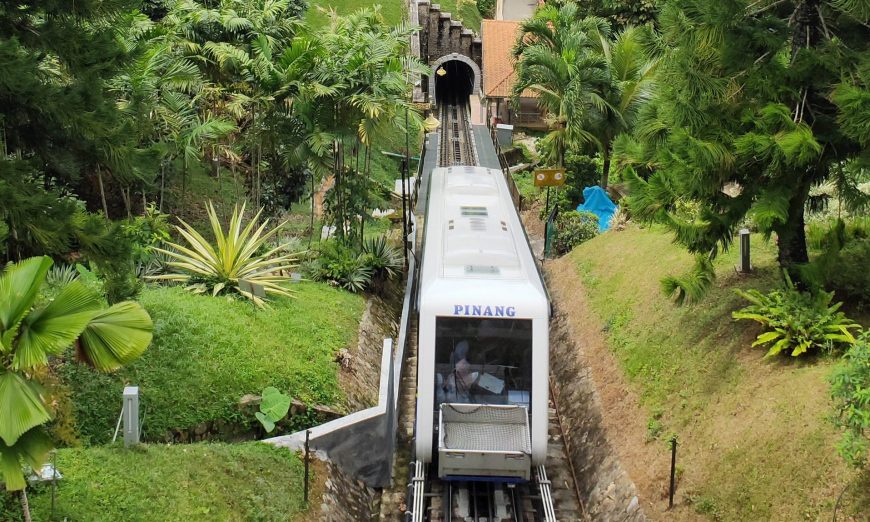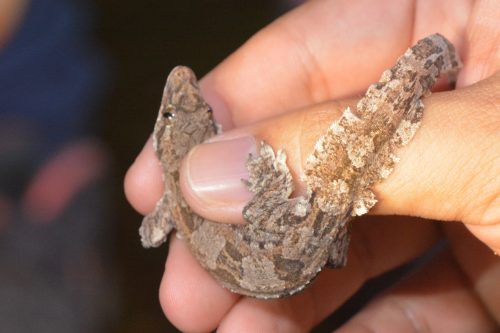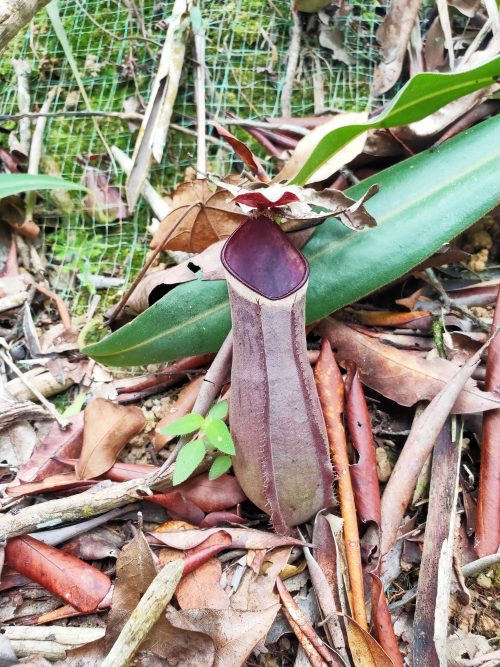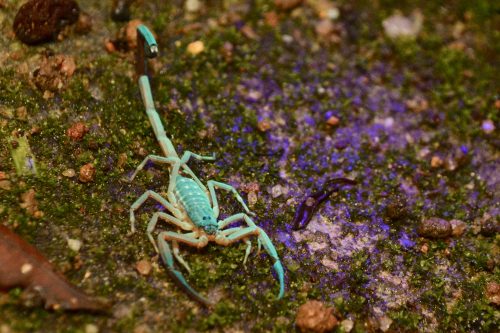GEORGE Town was inscribed as a Unesco World Heritage Site in 2008.
This time, the Penang government, Penang Hill Corporation, The Habitat Penang Hill and various state and Federal agencies are celebrating the nomination of the Penang Hill Biosphere Reserve as a candidate site under the Unesco’s Man and the Biosphere Programme.
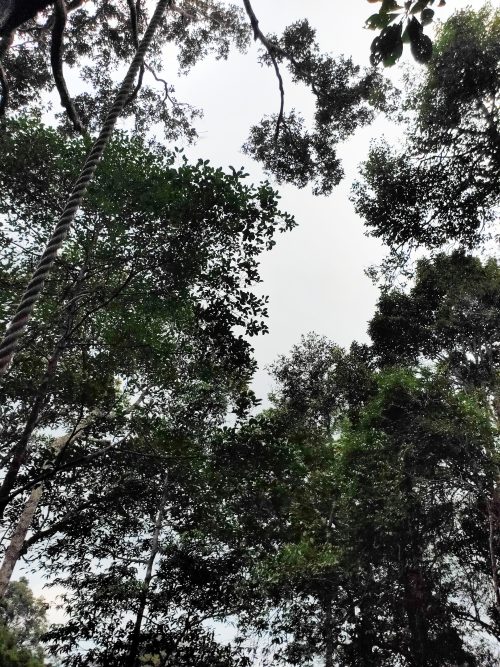
There are 701 biosphere reserves in 124 countries around the world; of which 157 biosphere reserves are in 24 countries in Asia and the Pacific. Malaysia currently has two Unesco biosphere reserves listed – Tasik Chini which obtained the recognition in 2009 and Crocker Range in 2014.
It was reported that the dossier for the nomination was submitted to Unesco on Sept 30.
Earlier, it was reported that the Ministry of Energy and Natural Resources would be submitting the application to the Malaysian National Commission for Unesco (MNCU).
The Habitat Group managing director Allen Tan said that Penang should be able to obtain a feedback from Unesco by July next year.
The 12,481ha proposed Penang Hill Biosphere Reserve encompasses the Penang Hill, the permanent forest reserves, Penang National Park and the marine reserve. A total of 7,285ha is on land and 5,196ha is marine.
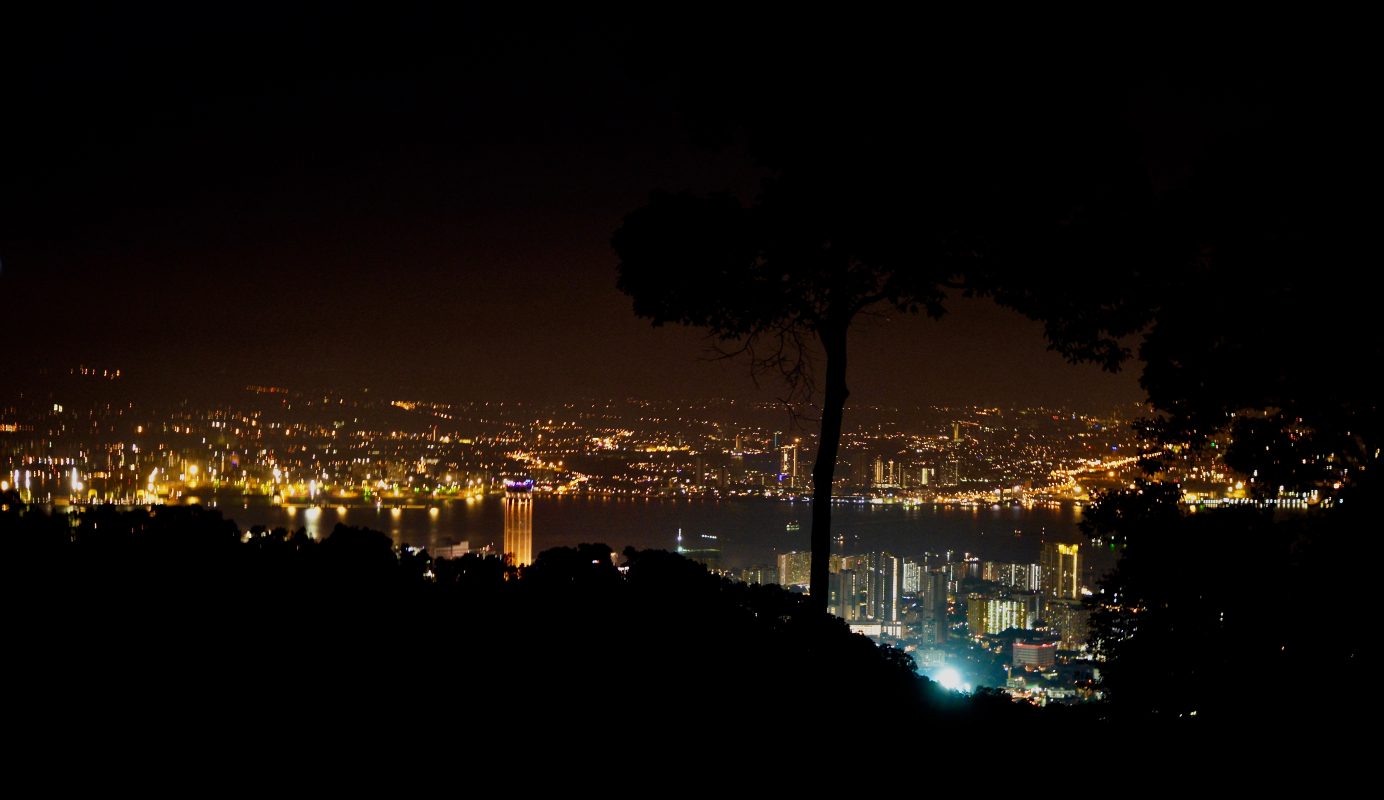
People, economy and nature
Tan said the main idea behind the Unesco’s Man and the Biosphere Programme was to demonstrate sustainable management and utilisation of natural resources.
“The programme encourages you to demonstrate how people, economy and nature can peacefully coexist and survive together.
“The lowest hanging fruit of this programme is the benefit of ecotourism, which is what we are doing at The Habitat Penang Hill.
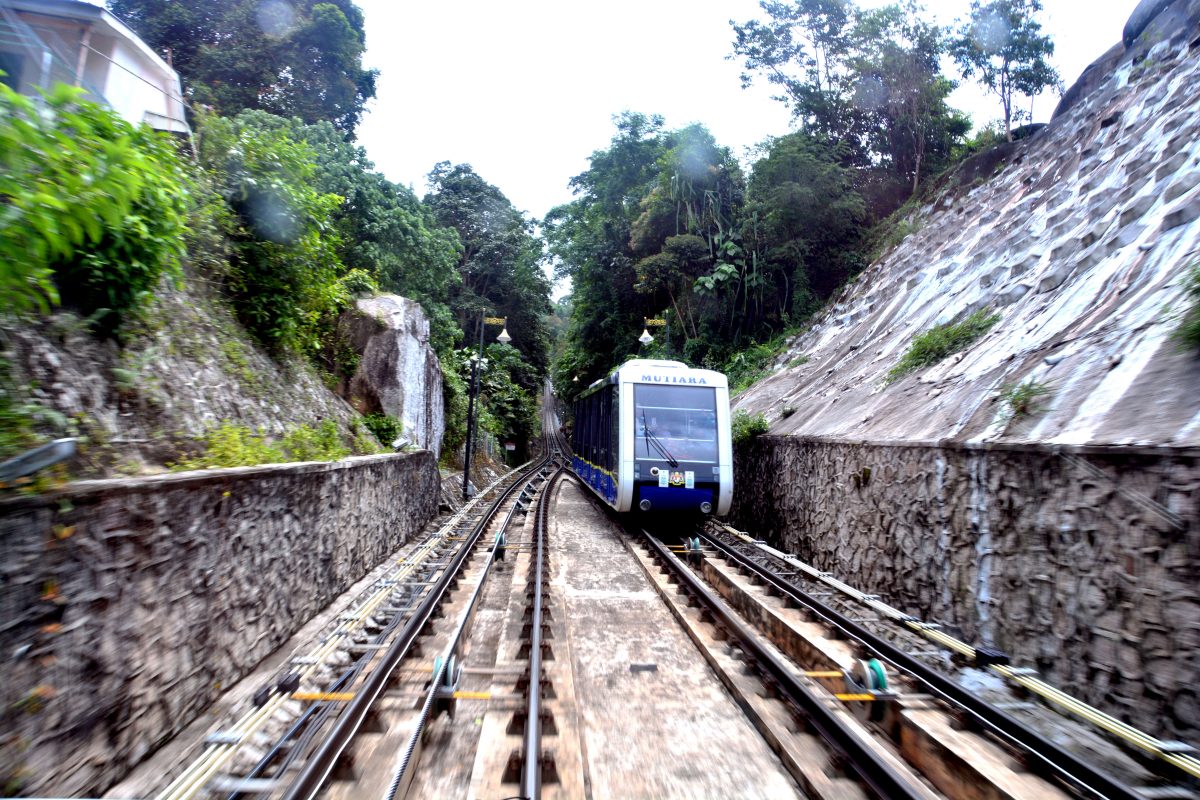
“Penang has always been known for its street food, heritage and culture. We really want to help brand Penang as an ecotourism destination,” he said in an interview.
Tan said while the Unesco biosphere reserves recognition does not bring with it the funding from Unesco, the recognition allows Penang to brand itself as a magnificent environmental heritage site under the Unesco umbrella.
“It allows us to be part of this global network of over 700 biosphere reserves,” he said.
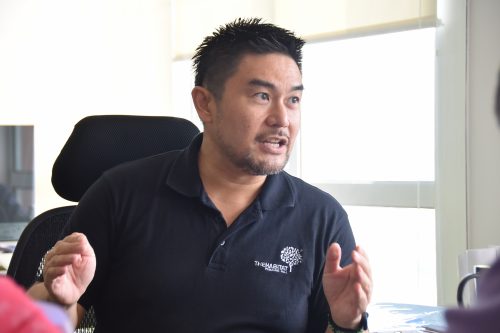
The history
Tan said that The Habitat funded the preparation of the nomination dossier by the consultant team from Universiti Sains Malaysia (USM).
“We also contributed the results of our Penang Hill BioBlitz, held in October 2017, to support the application to Unesco.
“We brought 117 scientists and students from around the world to conduct a study on the biodiversity of flora and fauna on Penang Hill during the Penang Hill BioBlitz.
“Over 2,500 species of flora and fauna were found, including those that we believed have not been discovered before.
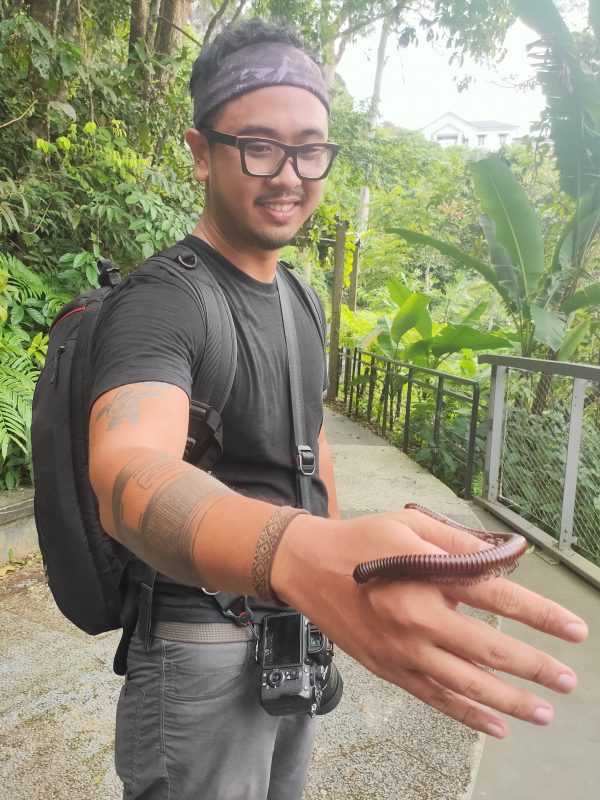
“That confirmed our feeling that Penang was a good candidate for the Unesco’s Man and the Biosphere Programme,” Tan said.
Tan said The Habitat was part of the Technical Committee, chaired by Penang Hill Corporation (PHC) general manager Datuk Cheok Lay Leng.
“I am grateful for the leadership shown by Cheok. We managed to finalise the zonation area for the proposed Penang Hill Biosphere Reserve within a span of 10 months, from January to October 2018.
“It was approved by the PHC Board of Directors within the next four months and subsequently approved by the state to proceed with the application,” Tan said.
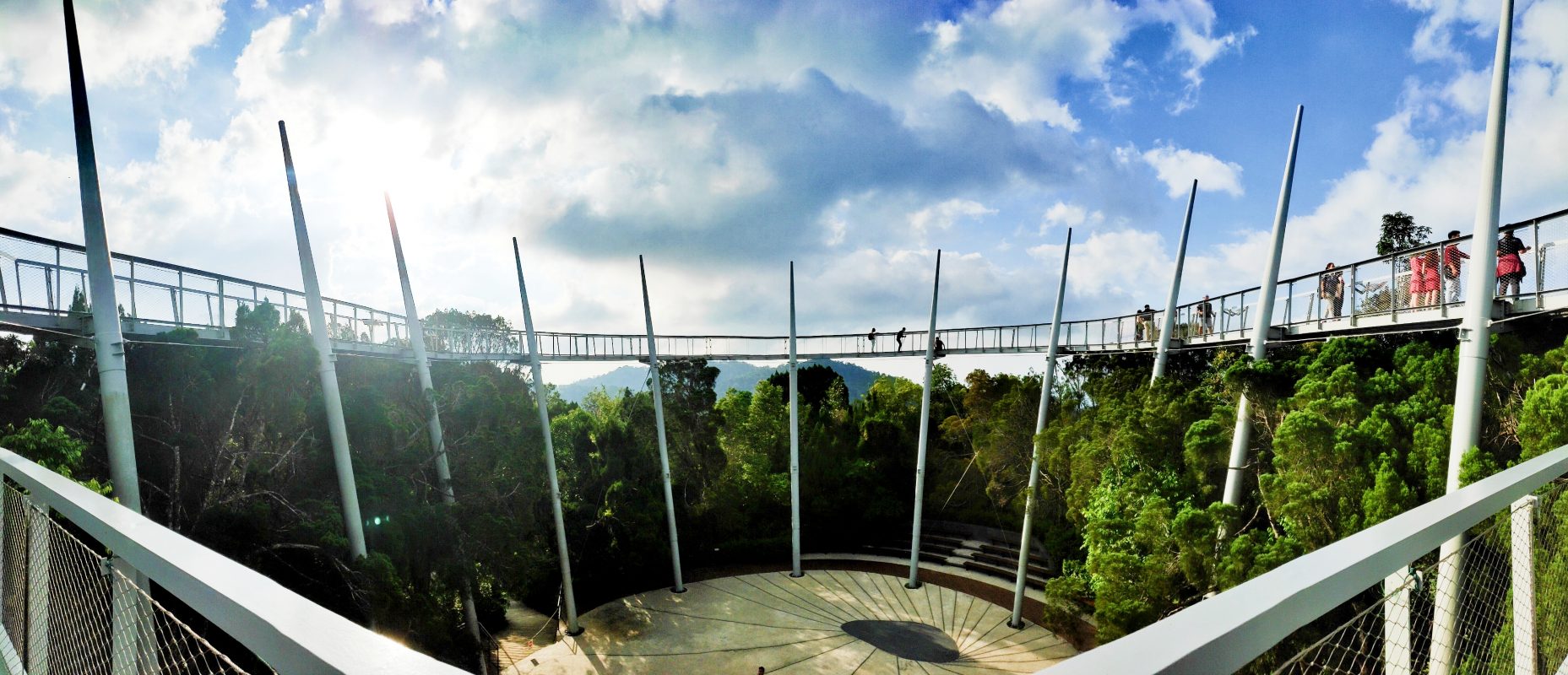
Unique features of Penang Hill
The ancient tropical forest Danum Valley in Sabah may have more biodiversity than Penang Hill, but in terms of accessibility, Penang Hill could not be matched.
Within 8km from the George Town World Heritage Site, visitors can experience the 130-million-year-old pristine rainforest on the Penang island. The Penang Hill is also situated within a 40-minute drive from the Penang International Airport.
Tan said Penang is blessed to have various kinds of ecosystem within a small location.
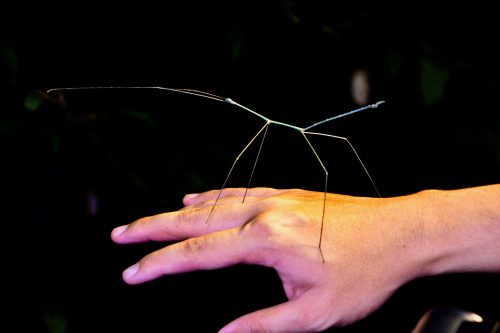
“We have the marine, the mangrove forests, and the lower elevation rainforest right up to 833m above sea level – all in a very compact area.
“Even in a highly urbanised area such as the Penang island, it is still rich in biodiversity,” he said.
Stating an example, Tan said there was a scientific paper on the highland vampire crab that was found a few years ago on Penang Hill.
“Visitors have always found it amazing that we have crabs on the hill. The nocturnal vampire crabs are tiny, having a size of an old 20 sen coin,” he said.
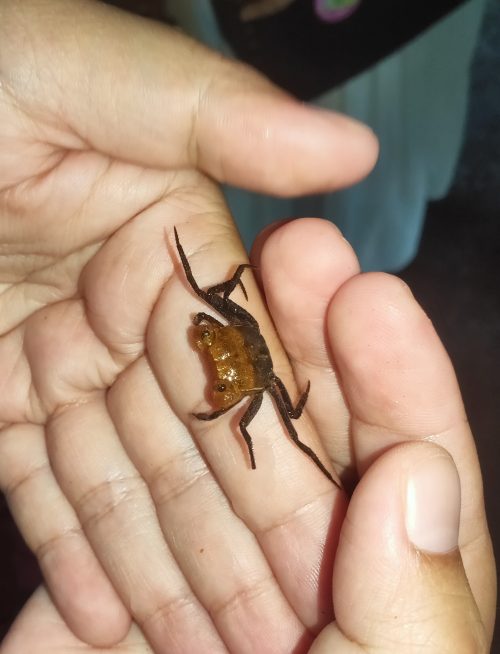
A new role for old bungalow
Tan said The Habitat is now working with PHC to restore the Fernhill heritage bungalow on Penang Hill, for it to be transformed into a rainforest research centre.
“We want to create a new economy for Penang, which revolves around rainforest research and climate change studies.
“Through The Habitat Foundation, we will help to attract scientists from around the world (just like we did for the BioBlitz in 2017) to conduct research on the effects of climate change on rainforest.
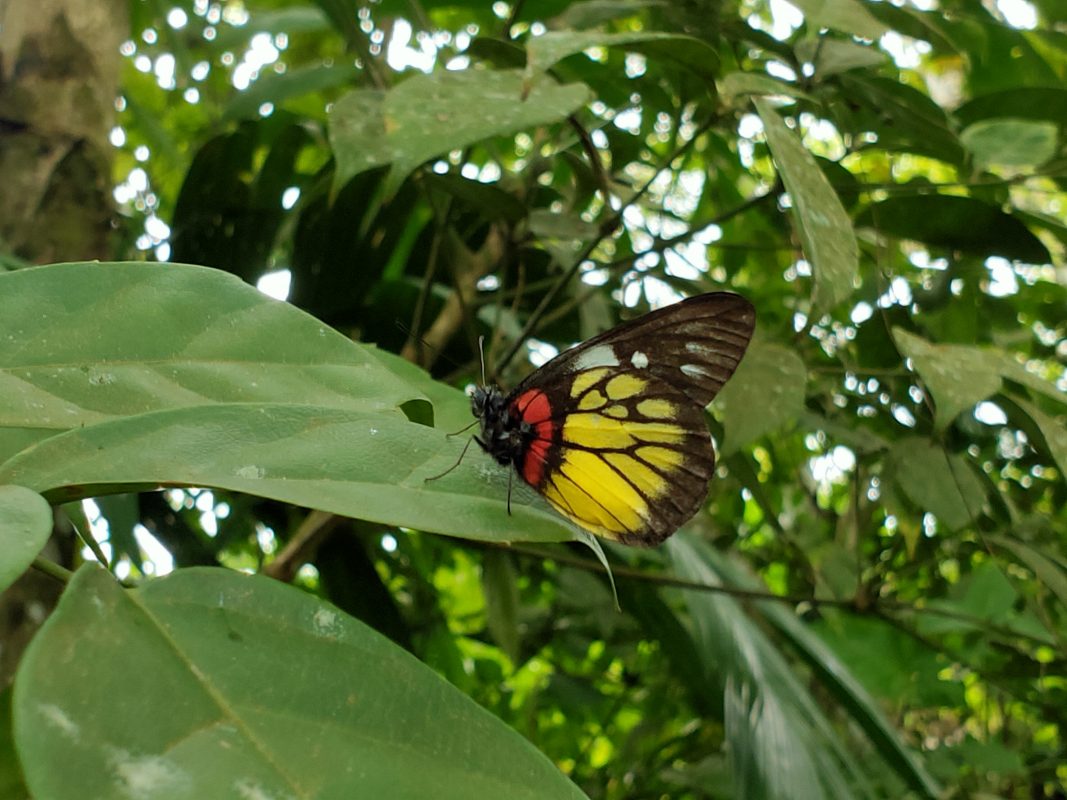
“One of the good examples of the rainforest research centre is the project in Danum Valley, Sabah. The centre hosts scientists from around the world throughout the year to do rainforest studies.
“The rainforest research centre project can create a smart economy and contribute towards realising the Penang2030 vision,” he said.
Story by Christopher Tan
Pix by Law Suun Ting, Adleena Rahayu Ahmad Radzi and Christopher Tan

